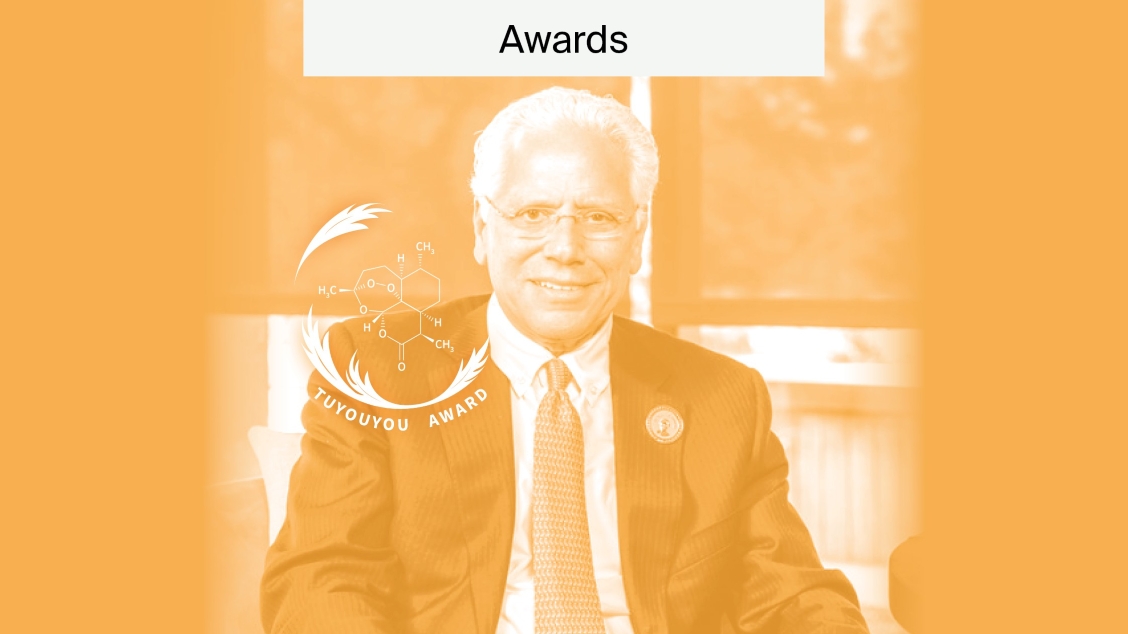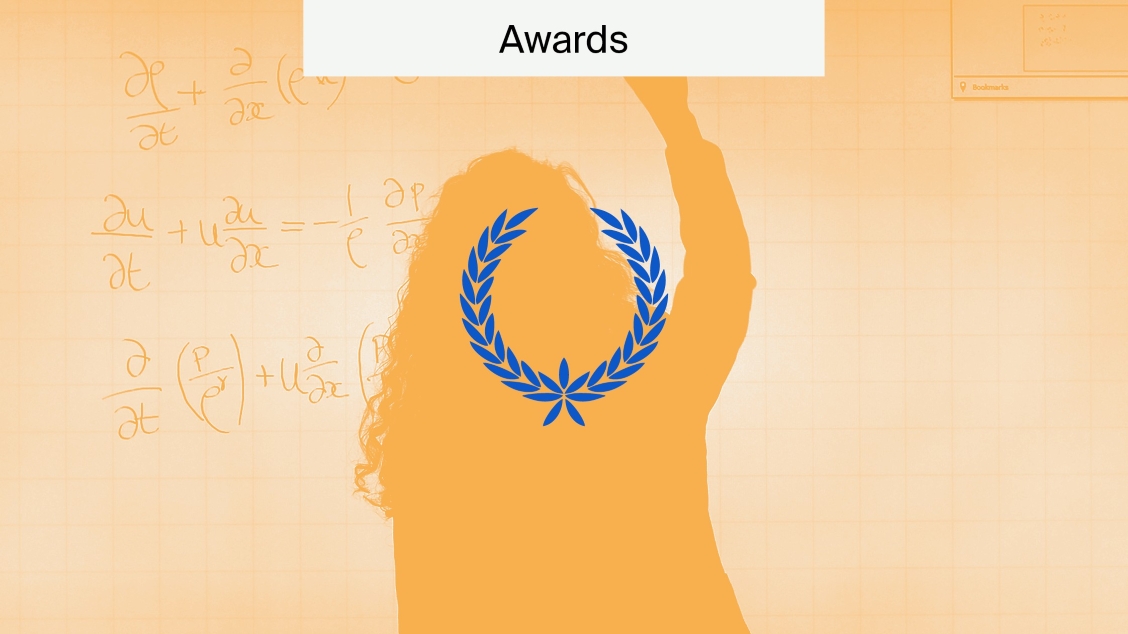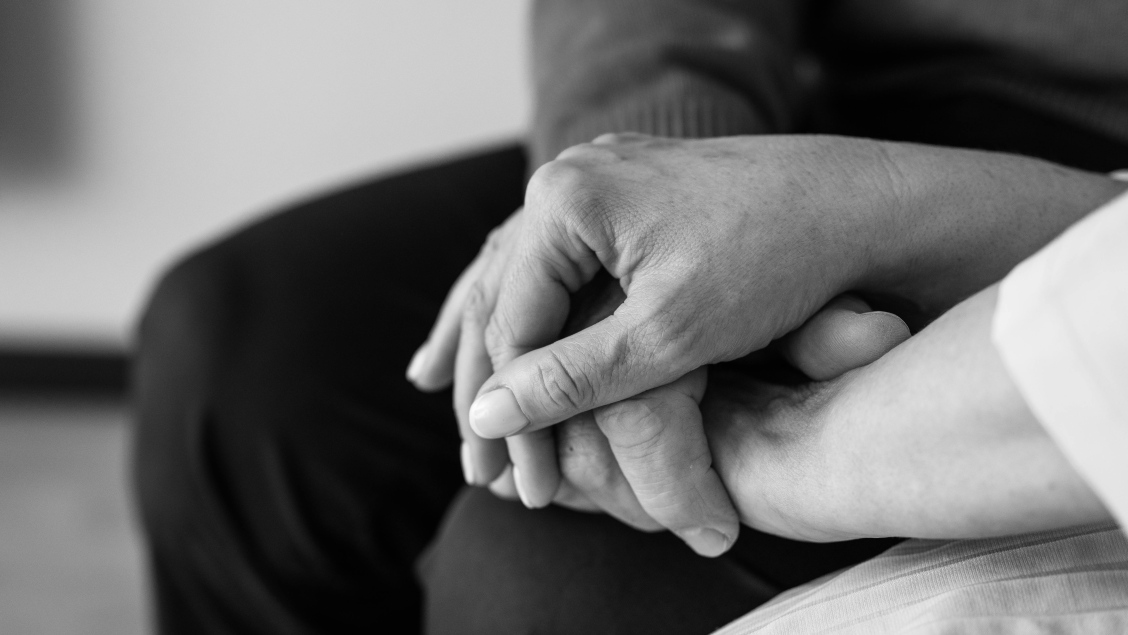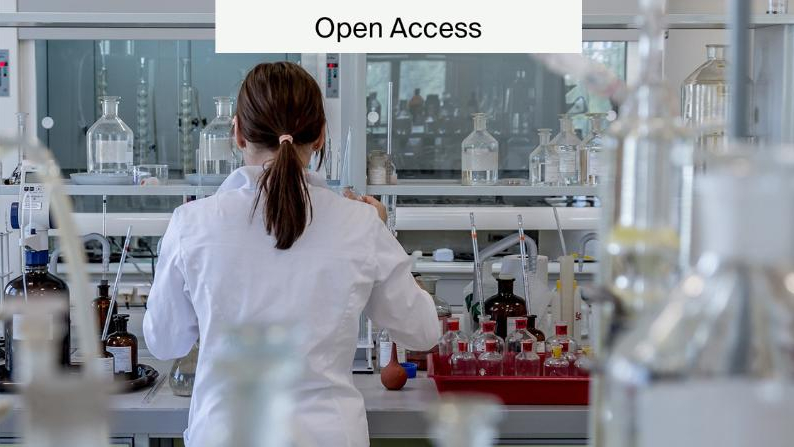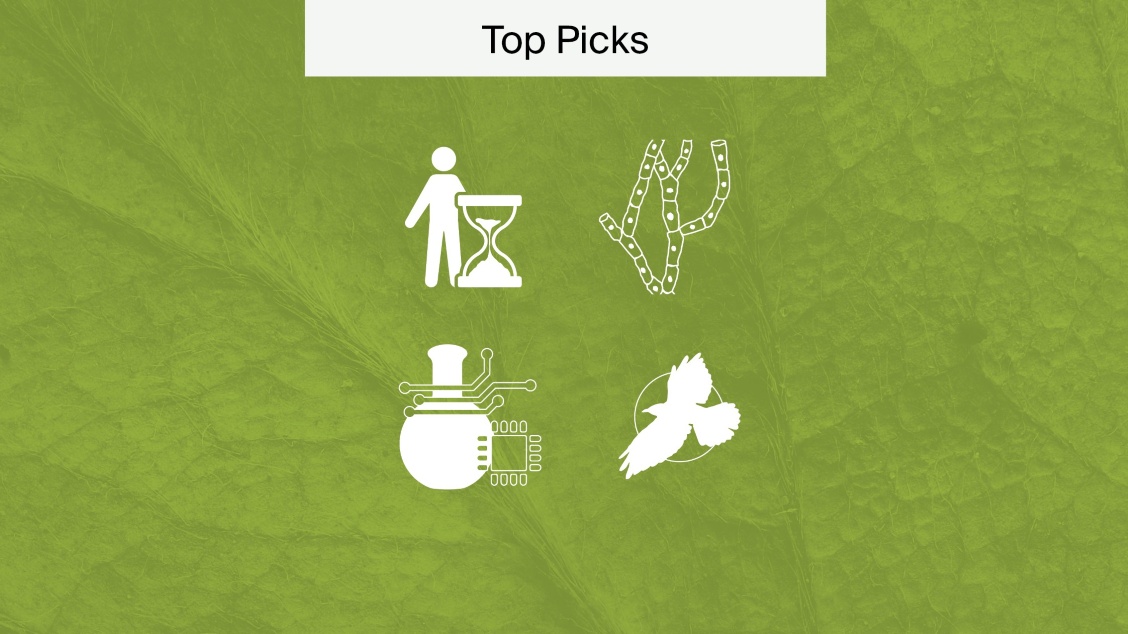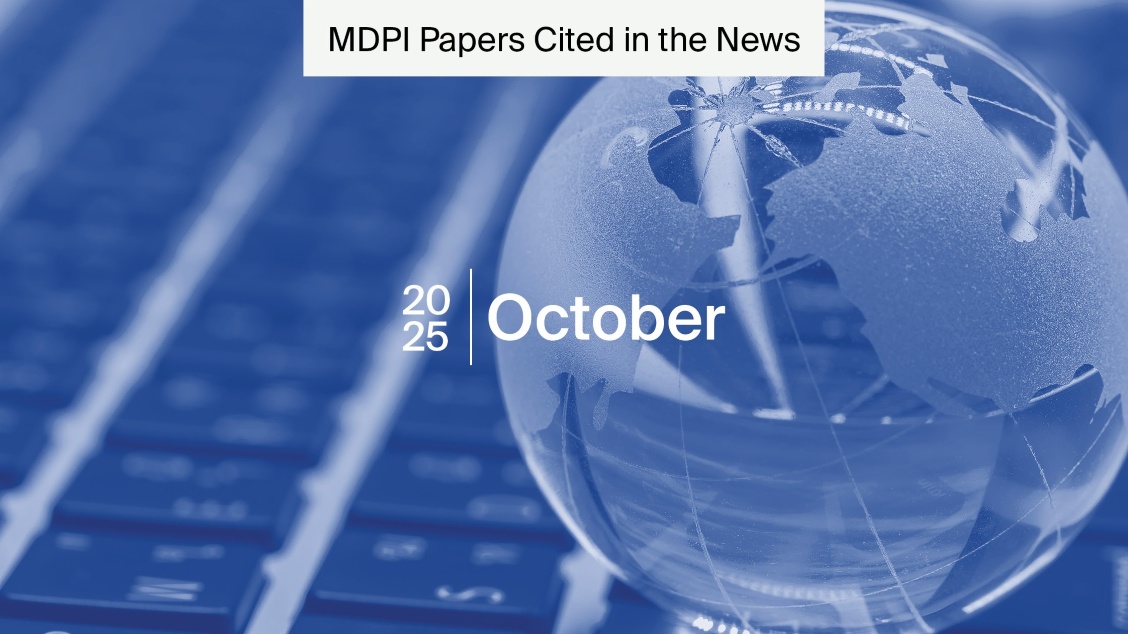
Using Citizen Science and AI to Protect Public Health
A new study published in the Open Access journal Insects reports the development of an AI tool that can confirm the presence of the malaria-causing mosquito, An. Stephensi, found in Madagascar. The tool was developed to allow the public to report novel or unusual observations, such as the presence of mosquitoes, in which AI can identify and confirm the specific type of species.
The study highlights the importance of integrating AI and citizen science in accelerating scientific discovery and to safeguard the public health of both local communities and international populations.
Malaria is a public health crisis
Malaria is a serious, deadly disease and a major public health concern. According to the World Health Organization, there were an estimated 253 million malaria cases and 597,000 deaths caused by malaria across 83 countries in 2023.
Malaria is caused by being bitten by a female mosquito infected with the malaria parasite. Once bitten by an infected mosquito, the parasite enters the individual’s blood stream. It is spread by mosquitoes biting the infected person and spreading the parasite to other individuals.
As of 2023, malaria persisted with the highest percentages within WHO African countries, which prominently included Nigeria (26%), Democratic Republic of Congo (12.6%), and Uganda (4.8%).
Mosquitos grow and survive in warmer and more humid climates, hence why malaria cases are higher in countries within Africa, as well as South Asian countries such as India and Pakistan. Mosquitos, specifically those that carry the malaria pathogen, are one of the most dangerous animals on the planet.
Therefore, careful surveillance of the species is important to reduce the spread of mosquito-borne disease.
What is citizen science?
Citizen science involves the engagement and participation of the public and local communities in scientific research. This could involve individuals reporting notable observations of the environment, volunteers helping scientists to collect data, using apps to report changes in climate, and much more.
Citizen science can play a role in many different fields of science, such as astronomy, conservation sciences, climate science, and social sciences, and helps scientists to produce valuable research to make meaningful impact.
Researchers from the University of Florida demonstrate this in their study, showing how a simple involvement from the public, like uploading a picture to the correct platform, can help prevent potential public health catastrophes.
Using citizen science and AI to monitor mosquitoes
In March 2020, citizens from the local community of Antananarivo, Madagascar, uploaded a picture of an unusual finding discovered hiding in tires onto NASA’s GLOBE Observer App.
The finding turned out to be Anopheles stephensi mosquito larvae. This was identified using AI algorithms that scanned thousands of mosquito images to identify the exact species. More than 100 other species of mosquito present in containers nearby were identified.

“While mosquitoes can be thought of as tiny flying hypodermic needles, only 3% of species are known to transmit diseases to humans,” Ryan Carney, author of the study, said. “Thanks to citizen science apps, we can crowd-source photos of mosquitoes, and then analyze this imagery using AI, to scale up detection of those disease-spreading needles in the haystack.”
The researchers of the study describe how this revolutionary AI algorithm, in combination with the citizen science, can successfully function as an accurate surveillance tool to identify disease-causing species of mosquitoes with 99% confidence according to 11 AI models, without the need for lengthy genetic testing.
However, genetic testing is necessary to officially confirm the presence of the species. Official testing of the identified larvae was not carried out as they were destroyed before this was possible. However, if this identification was confirmed, it would be the first case of this type of mosquito in Madagascar.
This highlights the vital importance of citizen science in reporting the presence of changes in their local community and environments. It also demonstrates how using AI can be instrumental in preserving global and public health. Future research would entail the refinement of these next-generation AI technologies to help communities reduce mosquito-borne disease.
To read more about mosquito surveillance and malaria, access the Special Issue: Control and Surveillance of Mosquitoes to Reduce the Spread of Mosquito-Borne Disease or the journal Insects.

